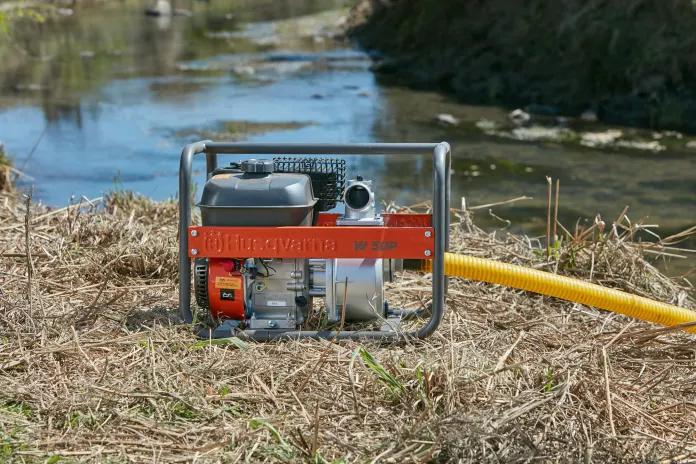6 Steps to removing excess water from your flood-damaged home/building
The current floods and threat of yet more rain to come has left many folk across KZN and Eastern Cape overwhelmed and anxious. Some flood victims are homeless, whilst others, a week later, are still dealing with water-logged buildings and businesses.
For those struggling to remove excess, standing water in hard-to-reach places like basements and bedrooms, Johan Kruger, Husqvarna South Africa’s National Sales Manager offers some sage advice. “Being prepared is half the victory. So, regardless of whether you have a water-logged room from this recent hundred-year flood or if you just want to be better prepared for a future plumbing malfunction, there are six steps to getting the water out as soon as possible.”
Johan shares the 6 important steps to removing excess water from your flood-damaged home/building:
Step 1: The first thing to do is turn off (and disconnect if possible) electricity points that are affected BEFORE you go anywhere near the water. Risk of electrocution is real.
Step 2: Ensure that you put on protective gear like gumboots and rubber gloves if possible.
Step 3: Take a few pics; these may be required by insurance. Document the source of the flooding i.e.: where the water came in, as well as what was affected e.g.: furnishings and floor coverings.
Step 4: Remove the loose furniture, wooden items first. Most wood, but particularly reconstituted wood products (like chipboard or laminated wood) swell when they come into contact with water. Place these in a dry spot.
Step 5: If the water has not been able to drain out of the affected spaces, it should be removed as quickly as possible. Husqvarna water pumps are perfect for this and are affordable and easy to use. In fact, the entry-level water pump will remove up to 12000 litres per hour. There are bigger units that can obviously take on bigger volumes and distances. If you have no use for a water pump other than to pump out the excess water, consider hiring one from hire outlets like Talisman.
- Using the pump is as simple as putting the inlet pipe in the water and the outlet pipe where you want the water to go. Remember to prime the pump by opening the small cap on top of the pump housing and pouring water into it. Make sure there’s fuel in the tank (they are all incredibly fuel-efficient) and start.
- Once the water is out, the cleaning can start. If a lot of debris and soil came in with the water, this will be a manual process. If flooring, like carpets, has to be removed anyway, consider loosening them around the edges and rolling the dirt up in them; thereby removing the dirt and damaged flooring simultaneously. Remember to keep taking pics in case your Insurer asks for evidence. Consider washing the walls and floors with a disinfectant to combat any nasties that could have come in with the water.
Step 6: To dry the floors and walls you can use heaters, fans or even a Husqvarna leaf blower.
“We cannot fight against nature, but we can always fight against the circumstances we are surrounded with. Our thoughts and prayers are with all those affected by the recent floods,” concludes Johan.












